Hand-eye Coordination Normal Alphabet Worksheets for 3-Year-Olds
10 filtered results
-
From - To
Boost your child's hand-eye coordination with our engaging Normal Alphabet Worksheets designed specifically for 3-year-olds! These printable activities combine the fundamentals of letter recognition and fine motor skills development, ensuring a fun and educational experience. Each worksheet encourages children to trace, connect, and color letters, helping them strengthen their hand movements while familiarizing themselves with the alphabet. Perfect for at-home learning or classroom activities, our worksheets cater to active little learners eager to explore the world of letters. Start your child's journey to literacy and dexterity with our interactive resources that make learning enjoyable and effective!
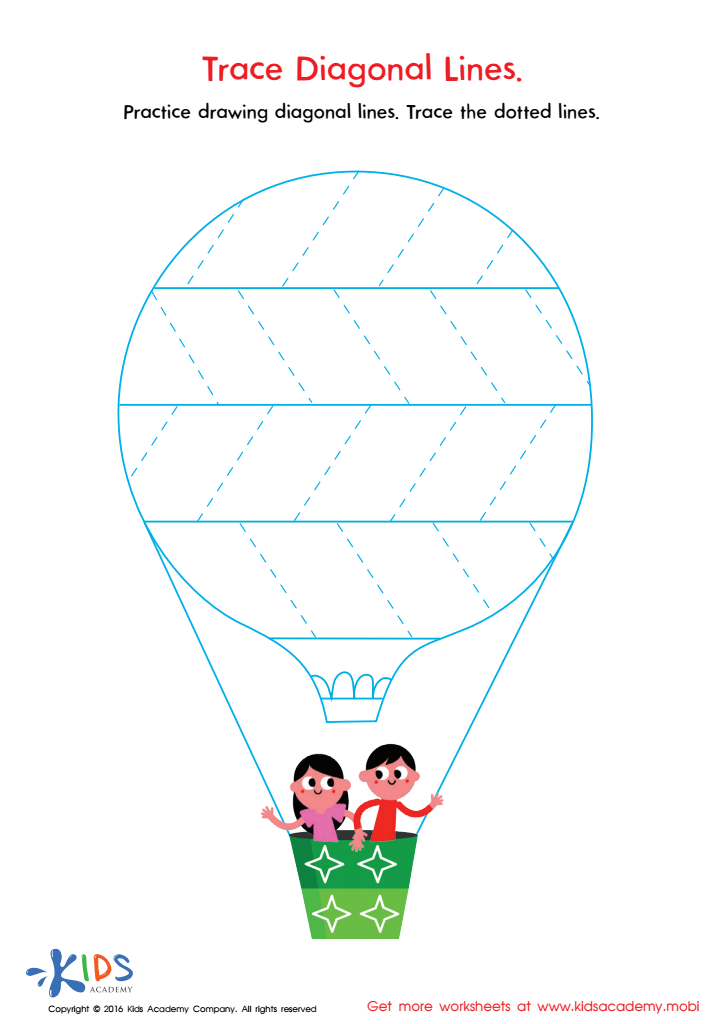

Trace Diagonal Lines Worksheet
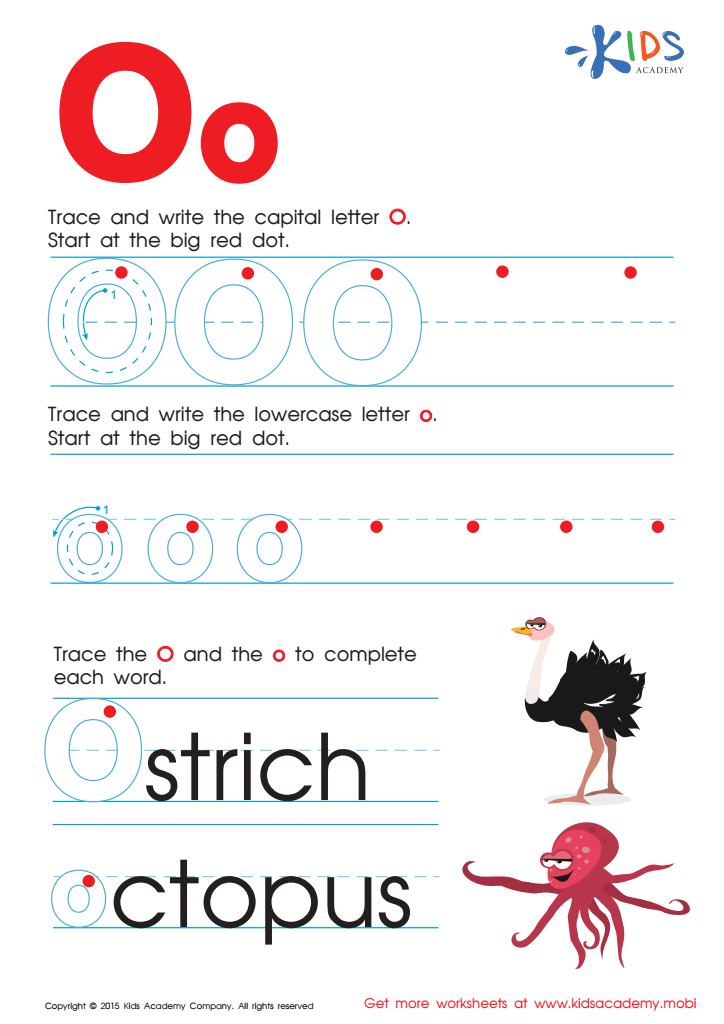

Letter O Tracing Page


Letter P Tracing Page


Letter H Tracing Page
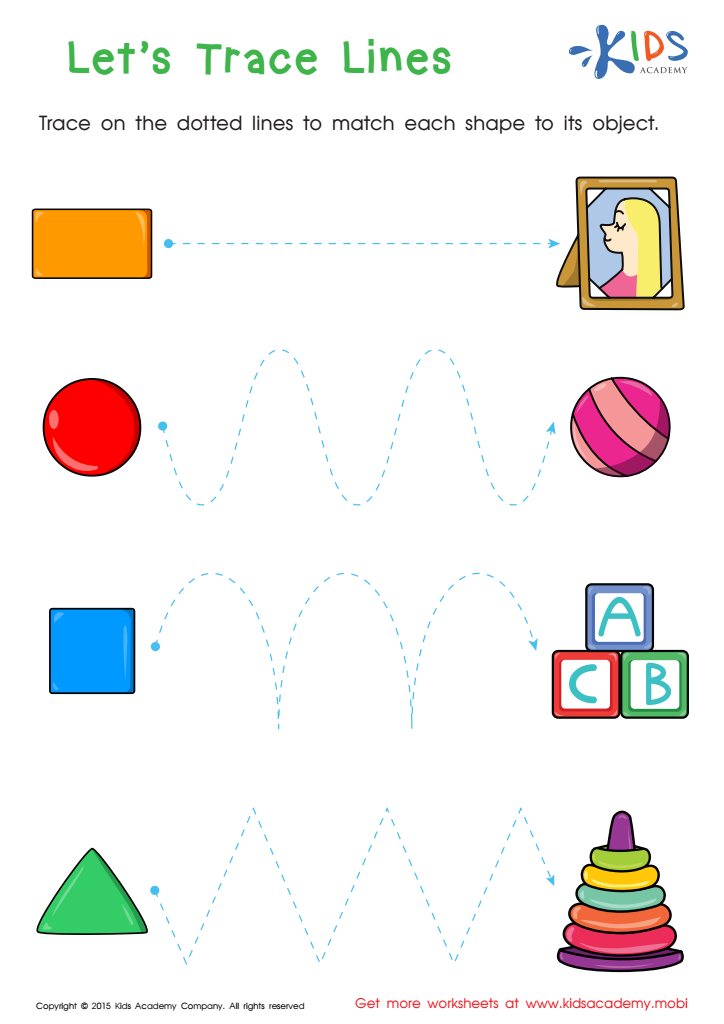

First Words: Let's Trace Lines Worksheet


Long and Short U Worksheet
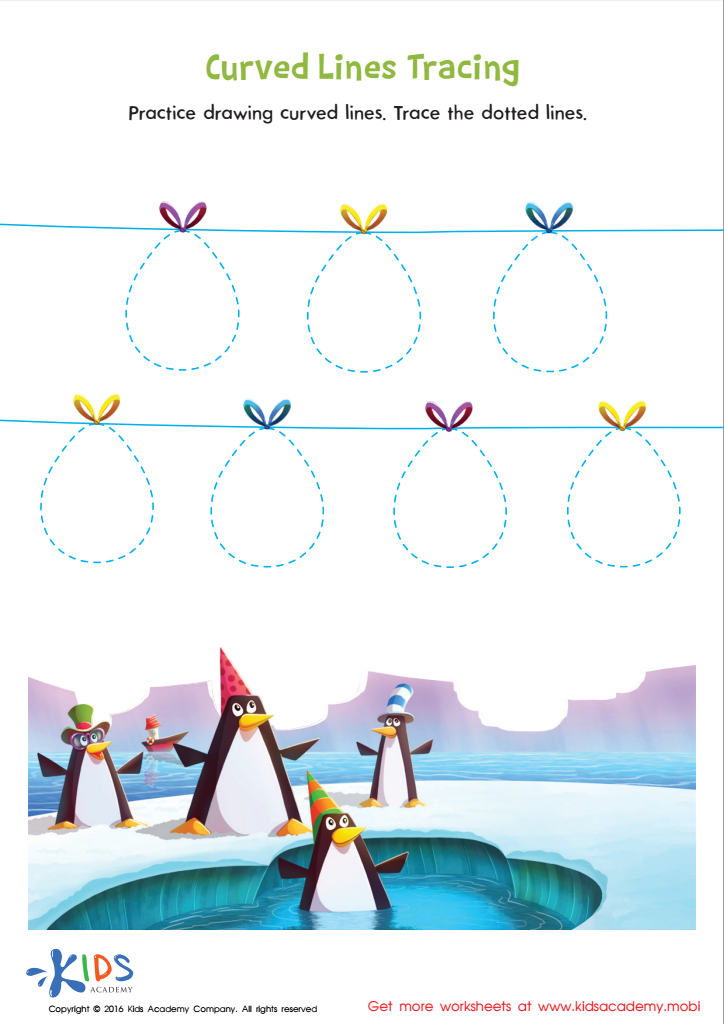

Curved Lines Tracing Worksheet
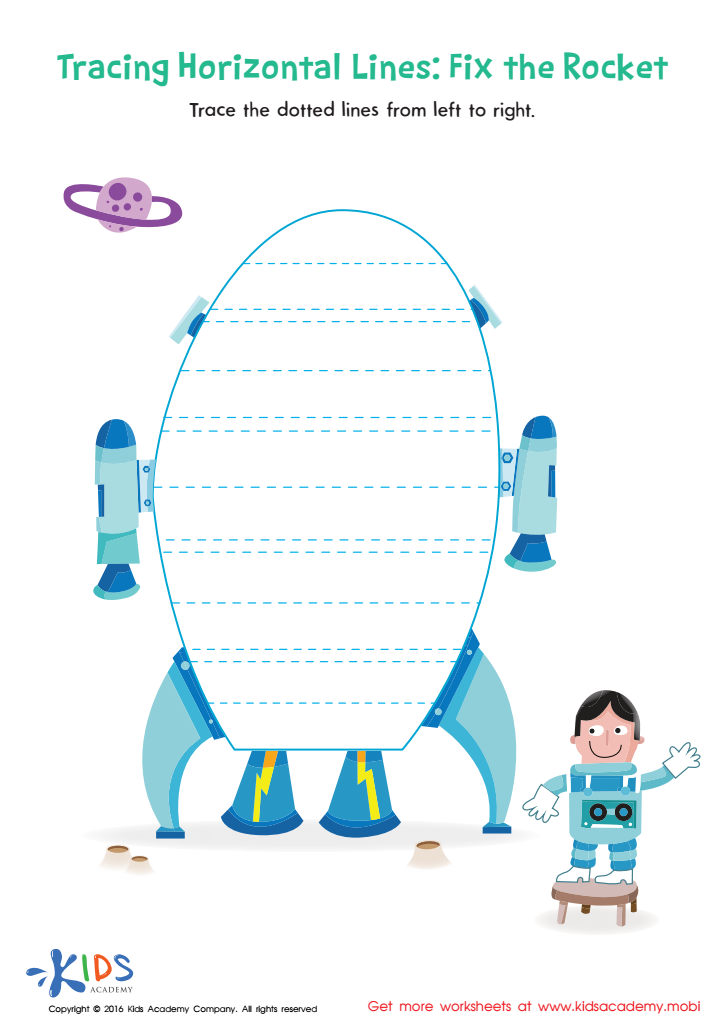

Tracing Horizontal Lines Worksheet


Long and Short E Worksheet


Letter D Tracing Page
Hand-eye coordination is a vital developmental milestone for 3-year-olds, as it plays a crucial role in a child's ability to interact with their environment and perform everyday tasks. Parents and teachers should care about this aspect of development because hand-eye coordination underpins many foundational skills needed for later academic success. For instance, children with good hand-eye coordination are better equipped to grasp basic writing skills, as they can manipulate crayons and pencils effectively, leading to more legible handwriting.
Additionally, hand-eye coordination fosters independence and self-confidence as children master activities such as drawing, cutting, and even playing sports. These skills are important not only for academic activities but also for physical play and social interaction, where children engage in group games that require coordination and spatial awareness.
By promoting activities that enhance hand-eye coordination, such as puzzles, building blocks, and simple sports, parents and teachers can build a strong foundation for a child's future learning. Recognizing and nurturing this skill ensures that children develop both physically and cognitively, paving the way for more complex tasks in the years to come, and promoting overall school readiness. Thus, understanding and supporting the development of hand-eye coordination should be a priority for caregivers.
 Assign to My Students
Assign to My Students













